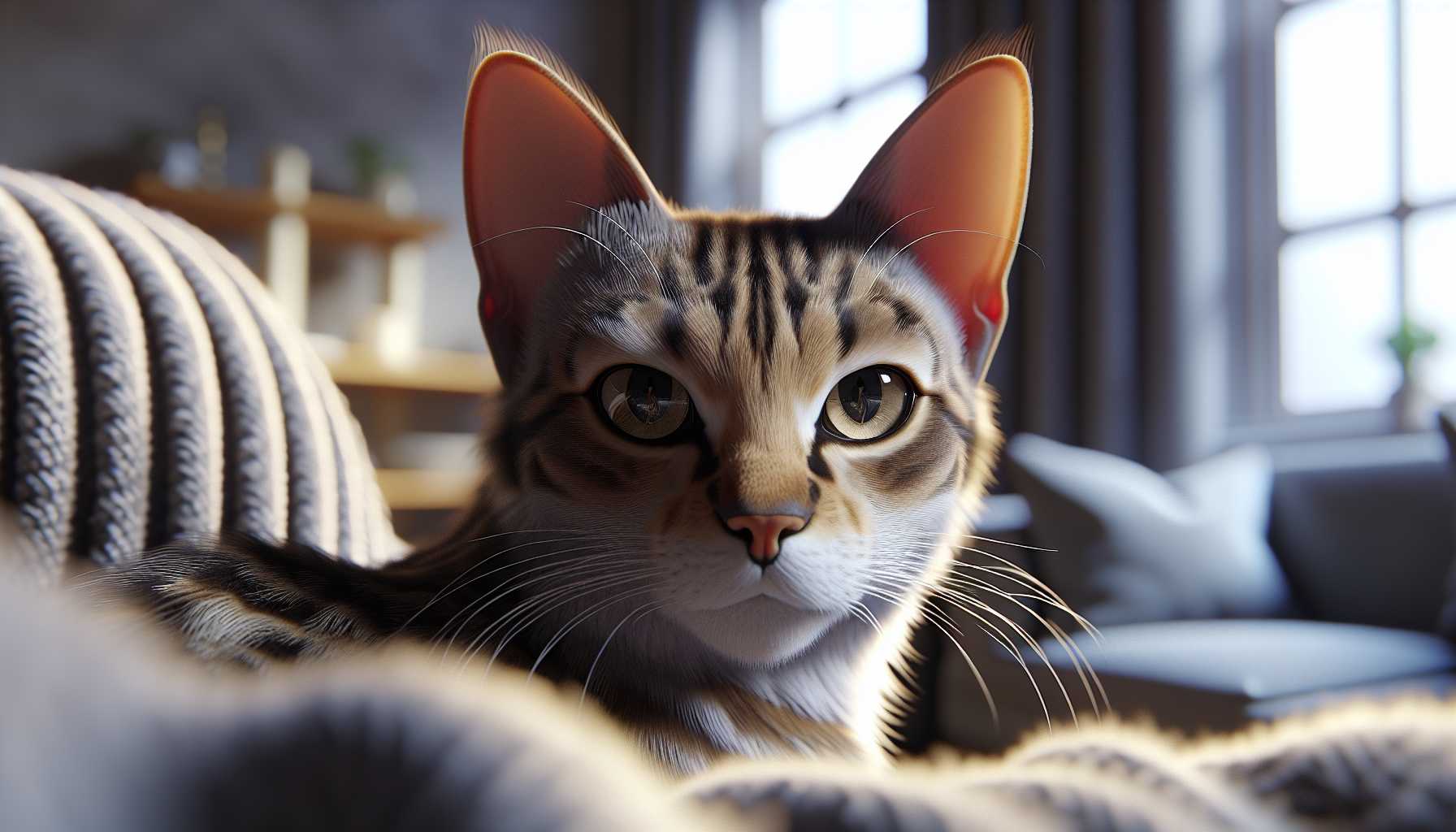Understanding Cat Aggression: Types and Solutions

A Guide to Understanding and Managing Cat Aggression
Is your cat becoming more aggressive than usual? Don't worry, you're not the only one experiencing this issue. Together, we'll explore the world of cat aggression and find the perfect solution.
The Underlying Causes of Cat Aggression
Cats are a lot like humans; they can also have off days. Their aggression is typically a form of communication signaling something important. Imagine it as their version of an emergency alarm system!
Popular Forms of Cat Aggression
Aggression Stemming from Fear
Does your cat transform into a mini warrior when frightened? It's completely normal! Cats display fear-based aggression when they feel cornered or under threat. Signs to look out for include dilated pupils and lowered ears.
Play-fuelled Aggression
Those unexpected attacks in the middle of playful sessions? Simply, your cat is letting out their inner wild animal! Young cats, in particular, harness their hunting skills during play, and at times, they forget their strength.
Petting- Induced Aggression
Does your cat enjoy belly rubs one minute and swat at you the next? It’s quite common! Cats can quickly become overstimulated by excessive petting. This reaction is like wishing for silence when someone talks non-stop; cats need their space too!
Territorial Aggression
Cats are natural territorial protectors. If another cat or a new piece of furniture invades their space, they may assert their displeasure, their way of saying, "This is my area!"
Effective Solutions
Construct Safe Havens
Providing your cat with a safe and comfortable place, such as a cat tree, a window perch, or even a cardboard box, could be just what they need to retreat to in stressful times.
Schedule Regular Playtimes
Ensuring regular play sessions can help manage aggression! Using toys like wands or laser pointers can provide a healthy outlet to release their pent-up energy (remember to always couple the laser pointers with a toy they can catch).
Acknowledge Their Boundaries
Understanding and respecting your cat's body language is key. Tail-twitching during pets indicates that they've had enough interaction and need some alone time.
Slow and Steady Introductions
Acquiring a new pet? Go slow with introductions! Think of it like two strangers meeting for the first time - immediate best friendship can't be forced.
When to Get Professional Assistance
If your cat's aggression gets severe or you're frequently a target of biting and scratching, don't hesitate to consult with a vet or a cat behaviourist. They are like cat therapists, well-versed in managing these situations!
Key Takeaway
Like humans, every cat is unique and responds differently. Being patient, affectionate, and consistent in your approach is the key to managing cat aggression